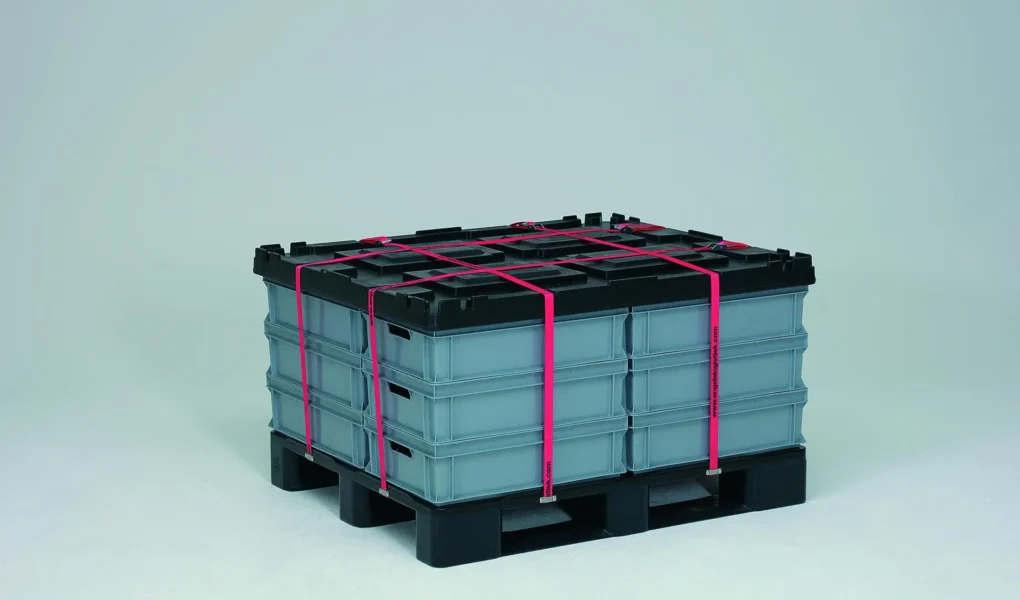The shipping industry is undergoing a revolution to go green. Recent advances in technology have enabled plastic boxes and pallets to provide an environmentally friendly solution for the transport of goods across long distances.
This article will delve into how these new materials are helping bring about positive change within the industry and what businesses need to know when making decisions on choosing sustainable packaging solutions.
From reducing carbon footprints to improving safety standards, discover why going green has become such an important priority in the shipping industry today.
Benefits of Using Plastic Boxes and Pallets for Shipping

Plastic boxes and pallets are a great way to help the shipping industry go green. These products are incredibly resilient and durable, ensuring that goods can be securely shipped with minimal risk of damage or loss.
In addition to this, plastic boxes and pallets require much less maintenance than their wooden counterparts as they do not need regular painting or repair due to wear and tear over time. Furthermore, these items also offer an economical advantage as they are lightweight yet strong enough for heavy loads; thus reducing fuel costs associated with transportation.
Finally, plastic boxes and pallets have environmentally friendly benefits too; they don’t pollute landfills like wood does when it decomposes nor do they produce sawdust which is known to cause respiratory problems in humans. All in all, using plastic boxes and pallets for shipping helps make the process more eco-friendly while saving money at the same time!
Challenges of Implementing Environmentally Sustainable Solutions
When it comes to implementing environmentally sustainable solutions in the shipping industry, many challenges arise. Implementing these solutions can involve a significant upfront cost, which may be prohibitive for some companies that are already operating on thin margins.
Additionally, these measures may require significant changes in operational procedures and processes that could have an impact on overall efficiency and productivity. Furthermore, there is often resistance from employees who may feel their jobs are threatened by such initiatives or just don’t want to adapt to unfamiliar methods of working.
Finally, the effectiveness of new measures must be carefully monitored to ensure they deliver the desired results and minimize any potential negative impacts on operations or profitability.
How Technology Can Help Reduce Waste and Increase Efficiency

The shipping industry has been making strides toward becoming more environmentally friendly through the use of plastic boxes and pallets. By utilizing these materials, companies can help reduce waste and increase efficiency in the process. Plastic boxes are especially useful for storing items that need to be shipped since they provide a lightweight but sturdy option.
They also come in different sizes so that businesses can find packaging solutions to fit their needs.
Additionally, plastic pallets make it easy to store and transport large amounts of goods without worrying about them getting damaged or lost along the way. Both materials are highly reusable which makes it easier for companies to cut down on waste while still meeting customer demands.
Furthermore, because these materials are lightweight they allow businesses to ship products quicker and with less energy used in transit than heavier options such as wood crates or cardboard boxes.
Overall, utilizing plastic material when shipping products is an excellent way for companies within the industry to go green while simultaneously reducing costs associated with packaging and shipping goods efficiently around the world!
Conclusion: The Future of Green Shipping Practices

Plastic boxes and pallets offer a viable way to reduce environmental impact. As technology continues to evolve, so too will the options for sustainable shipping practices.
The use of lightweight materials, electric vehicles, and other innovations is becoming more commonplace as companies strive to improve their carbon footprints. Companies that embrace these new technologies stand to benefit from improved efficiency and cost savings while also doing their part in sustainability efforts.
With continued innovation and commitment from shippers, green shipping practices can become an integral part of logistics operations worldwide.




